The Most Up-to-date Food Service Industry Glossary

Welcome to the most complete and up-to-date glossary about the food service industry. In this complete glossary, you'll find everything you need to know from A to Z on the terminology we use daily.
Learn how to speak the same language as your colleagues—or competitors.

A

Aggregator
Also known as a “Food Aggregator,” “Delivery channel,” or “Third-party delivery platform,” An Aggregator is the middleman between a customer and a restaurant/dark kitchen/business. It uses technology as the bridge to connect people with your company. It gives you access to a broader audience through a website or app. Does Uber Eats, Deliveroo, DoorDash, or TakeAway ring a bell? Well, they are Aggregators.
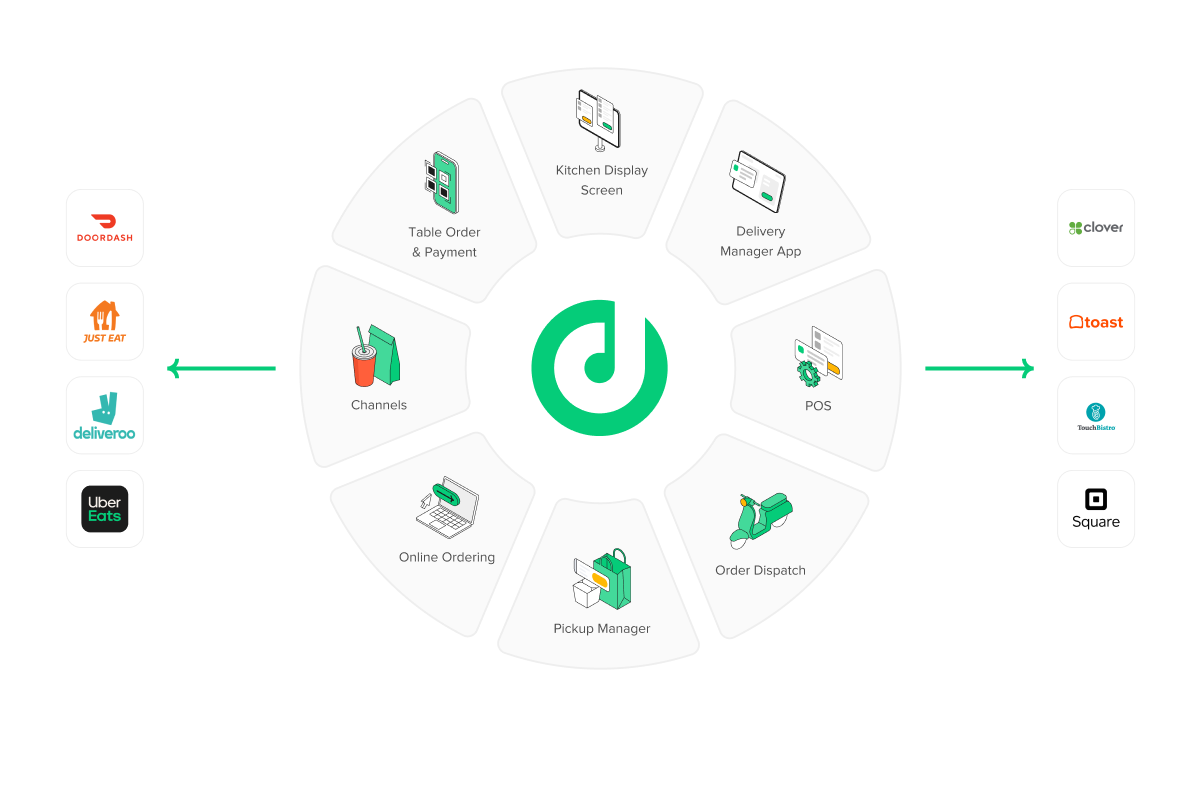
Application Programming Interface (API)
An API connects computers, programs, or services that need to interact for a specific purpose. It allows applications to talk to each other, facilitating a process.
Here is an example in our language:
Situation: You’re in a restaurant with a menu with multiple options.
In this process, the kitchen is the part of the “system” that will prepare your order. However, we’re missing a critical link: the communication between what you want and the kitchen. That’s where “the waiter” or API comes in.
In this case, the waiter is the API that takes your request (or order) and tells the kitchen (the system) what to do. Then the waiter delivers the response to you; in this case, the food.
Learn more about why APIs are critical for the success of your business here
B
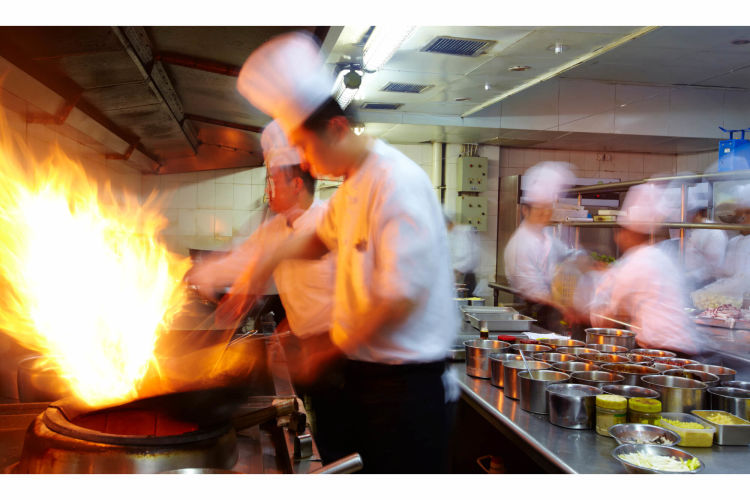
Back of house (BOH)
The back of the house is all the restaurant action customers do not see. We’re talking of everything behind the scenes, like everything that happens in the kitchen, breakrooms, and offices, but also everyone in those spaces: cooks and stewards, for example.

Bump it
Removing an order from the cook’s kitchen display system screen once it’s made or sizzling in the oven. You can use “Bumping an order” to describe the same action.
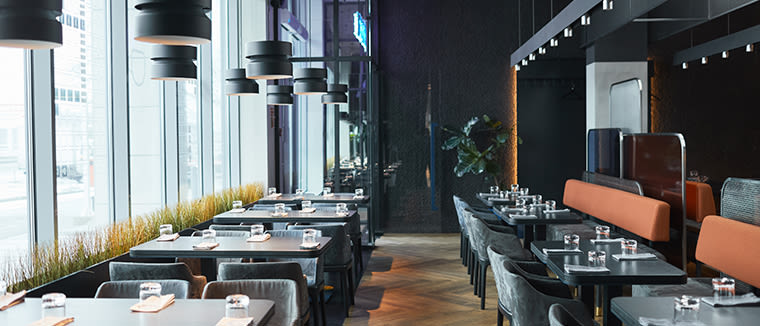
Brick-and-Mortar
"Brick and mortar" refers to the traditional business operating in a building and having a physical location to serve customers.
C

Customer Experience
It is a term that describes the whole perception of your customers throughout the complete interaction with your restaurant, dark kitchen, or (virtual) brand. It takes into account all interactions with the customer from beginning to end. One of your top priorities should be toprovide a top-notch customer experience to create loyalty toward your restaurant.

Contactless Dining
A means of serving guests without interpersonal contact that utilizes tech like smartphones, SMS texting, and QR codes for ordering and updates.
Is this something you’re interested in?
Check out How QR codes reinvent the customer journey in restaurants here.
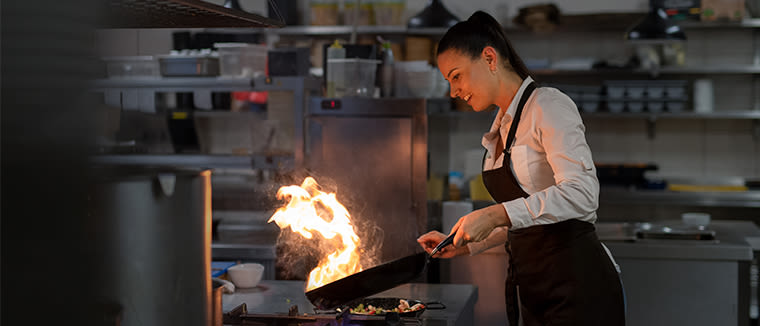
Cloud Kitchen
A different way to name the dark kitchen model.
Dark kitchens (or cloud kitchens) revolve around selling meals exclusively through delivery. Thus, they are kitchens optimized for food delivery and fully equipped with everything the staff needs to produce food. Typically, these kitchens are located where there is high demand for food delivery but no dine-in area.
Check out our complete Guide to Dark Kitchens for a more extended dive into Dark Kitchens. Here is everything you need to know.

Commercial Kitchen
Commercial Kitchens are spaces where chefs can go to cook without investing in the equipment, as these kitchens are already fully equipped and functional. Chefs only need to focus on what they know and love: outstanding food!

Curbside Delivery
Like takeout service, curbside is a “contactless” pickup meal delivered to a customer's vehicle. It was brought to life during the challenging times of COVID-19 and is often offered at restaurants without drive-through services.
D

Dark kitchen
The concept of dark kitchens revolves around selling meals exclusively through delivery. Thus, they are kitchens optimized for food delivery and are fully equipped with everything the staff needs to produce food. Typically, these kitchens are located where there is high demand for food delivery but don’t provide dine-in services.
Note that there are other forms to call this business model: cloud kitchens, ghost kitchens, or virtual kitchens, all referring to the same.
Do you want to explore Dark Kitchens, their pros and cons, and the best ways to start one? We have you covered! Check out our complete Guide to Dark Kitchens: Everything You Need to Know here.

Deliverect
Deliverect is a fast-growing SAAS scale-up that connects third-party delivery platforms and food businesses around the globe. It is neither a delivery provider nor a POS system - Deliverect bridges the gap between them by integrating third-party food ordering platforms into the restaurant’s point-of-sale system. Deliverect turns rekeying orders and costly errors into operational efficiency, saving restaurants time and money and ramping up customer satisfaction.
Get to know the full power of Deliverect and what it can do for your business here!
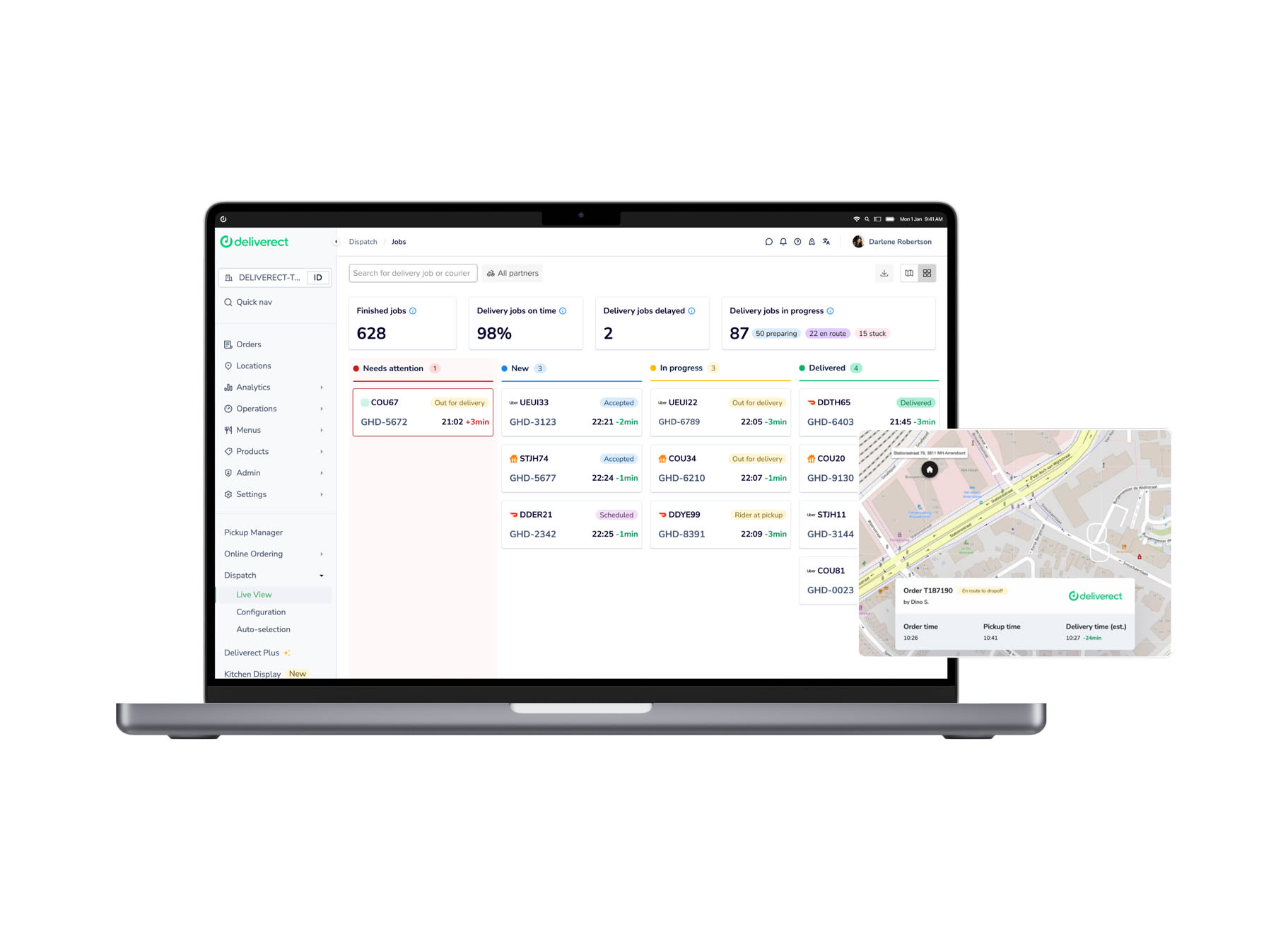
Deliverect Dispatch
Deliverect's Dispatch empowers restaurants to scale their delivery operations effortlessly while providing customers a great experience. It connects any order, whether from a large channel (ex., Uber Eats, GrubHub) or a direct online ordering channel, and matches the best delivery option by comparing offers from several providers to select one for an order. Deliverect Dispatch reduces the manual work needed to communicate with third-party delivery providers, allowing restaurants or dark kitchens to grow their delivery footprint while reducing their effort.
Does your business need Deliverect Dispatch?Find everything you need to know about it right here.
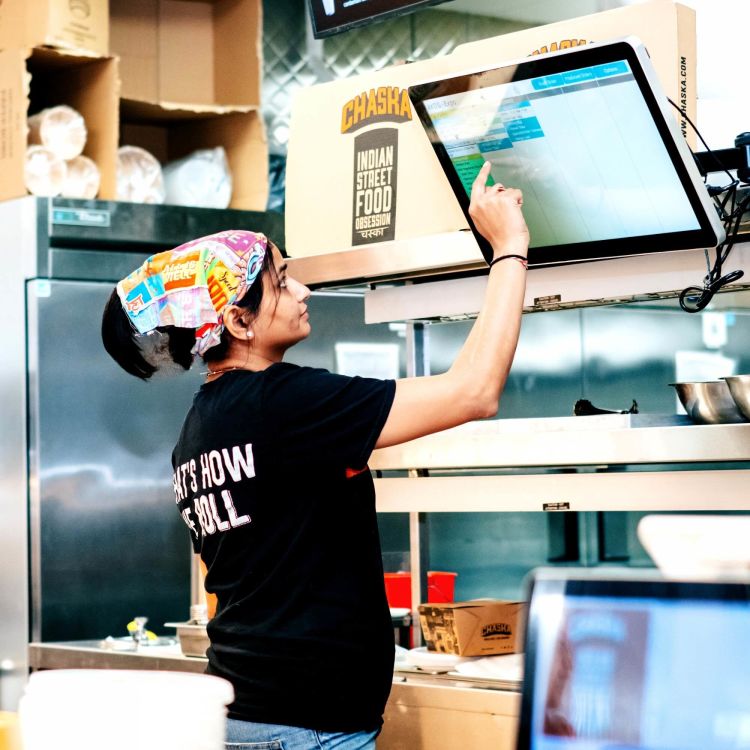
Deliverect Kitchen Display
Deliverect Kitchen Displayallows restaurants to quickly view and manage all online orders on a screen in the kitchen. Acting as a single source of truth eliminates miscommunication and errors and ensures food is ready for pick up when the drivers arrive.

Deliverect Online Ordering
This Deliverect solution enables your customers to order online directly from your website. Deliverect Online Ordering allows you to create a seamless online ordering experience for pickup and delivery, so your customer can easily order and pay directly from your online store. It gives you control of the customer experience by selling direct-to-consumer (D2C) to generate additional revenue streams and eliminate third parties’ commission fees.

Deliverect Marketplace
This is a first-of-its-kind online ecosystem of food industry partners. It connects hospitality players such as stock management, kiosks, POS, pay and order, and now virtual brands so restaurants can streamline costs and efficiencies, generate incoming leads, boost sales, and more.
Deliverect Marketplace brings together the best tools and digital-only providers in the industry, allowing you to build your restaurant’s interconnected system.
You find what you need or discover valuable alternatives, license them, and use them.
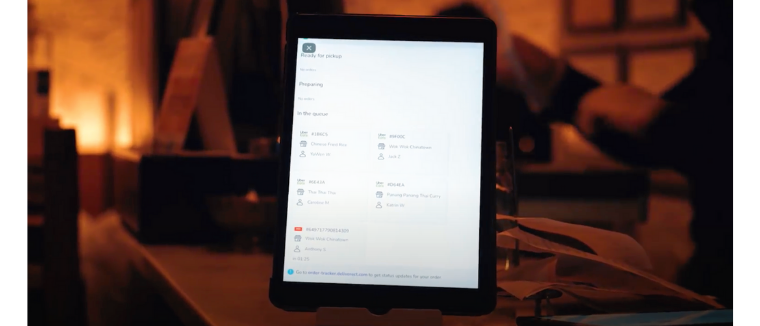
Deliverect Pickup Manager
Deliverect’s way to ease communication between your business and delivery drivers to avoid interruptions, save time, and speed up delivery times.
Increase your restaurant's efficiency with Deliverect Pickup Manager.

Delivery
Delivery is the transfer of something from one place to another. But it is also our industry’s quick way to refer to food delivery, a fast-growing sector where a restaurant, store, or third-party courier service delivers food on demand.

Delivery Driver
A delivery driver is responsible for collecting, transporting, and safely delivering an order.
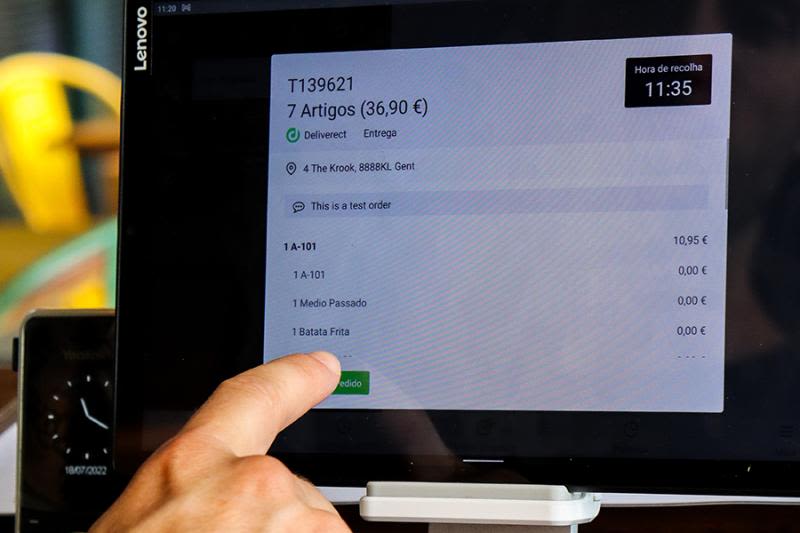
Delivery Management Software (DMS)
It is a tool used to streamline online orders. It helps to plan, manage, optimize, and execute delivery operations.

Delivery Platform
It refers to the online business acting as an intermediary between consumers and multiple food facilities to submit food orders from a consumer.

Direct-to-Consumer (D2C)
Direct-to-consumer or D2C is a business model that sells a manufacturer’s products to the end customer without intermediaries, both offline channels and in e-commerce.
Learn how you can use D2C delivery to grow your business with the help of Deliverect Online Ordering.
E
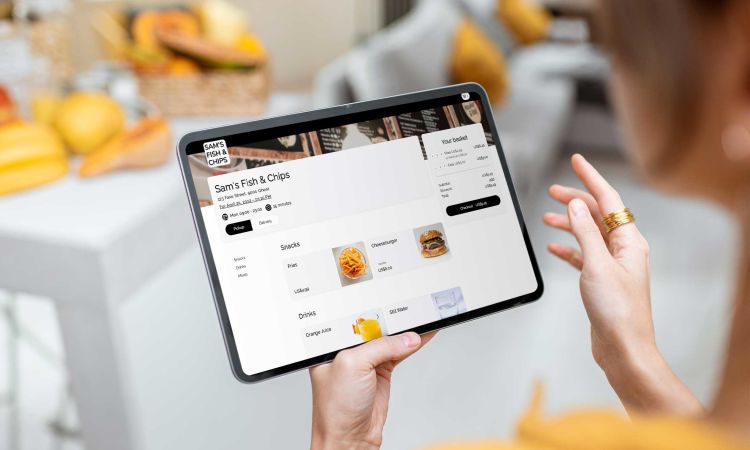
e-commerce
E-commerce, also known as electronic commerce or internet commerce, refers to the buying and selling of goods or services using the Internet.
F
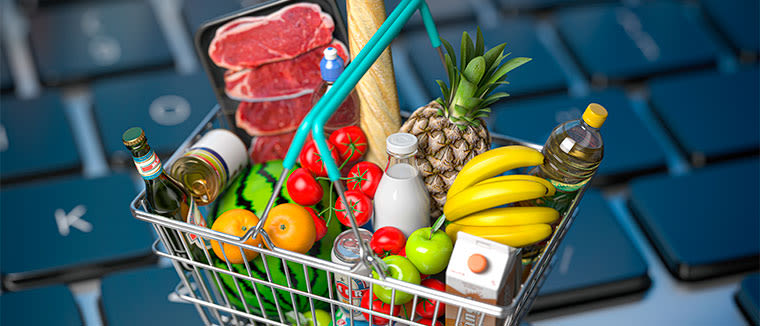
Fast-moving consumer goods (FMCG)
Fast-moving consumer goods, better known as FMCG, refers to highly demanded products that sell quickly and cost relatively low. Think of dairy products, fruits, bread, drinks, etc.

Fee
A fee is the price charged for a specific service. Fees are applied in various ways, such as delivery fees, costs, charges, commissions, and penalties.

FoodTech
Food + Technology = FoodTech. FoodTech is the use of cutting-edge technologies to develop, manufacture, or distribute food products. It is also a way to describe the companies and startups working within those areas. e.g., Deliverect is a Food Tech company.

Front of house (FOH)
FOH is the front of the restaurant, including the dining room, waiting area, and bar. This is where the customer-facing employees are: the servers, hostesses, bartenders, etc.
G

Gig worker
Gig workers are independent contractors or freelancers who typically do short-term work for multiple clients. Think about a delivery driver who works for three different companies on demand.

Ghost Kitchen
"Ghost kitchen" is an alternative way of naming the Dark kitchen business model. A type of food service that sells meals exclusively through delivery.
H
New definitions coming soon!
I
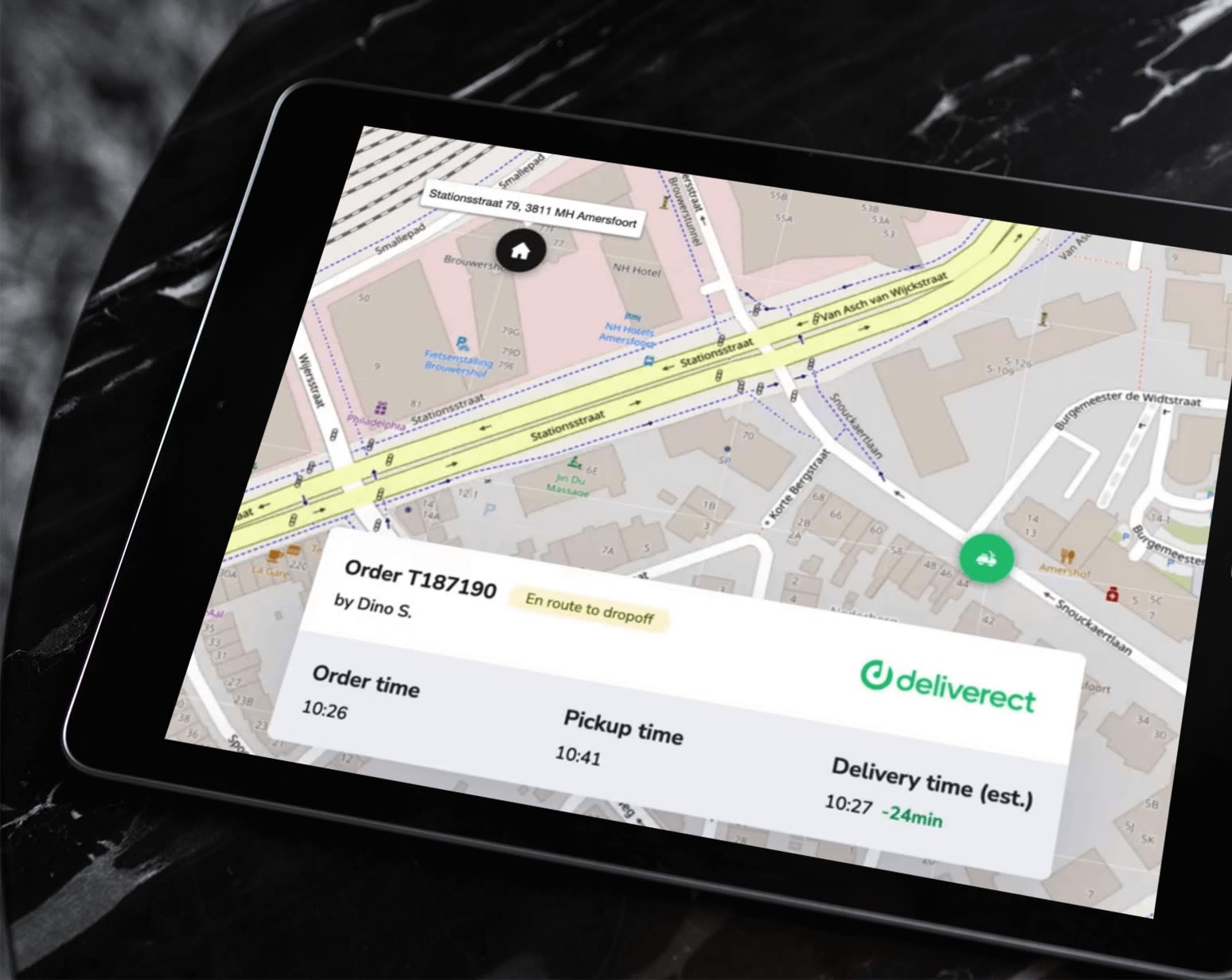
In-House Delivery
It is when your business has an internal, dedicated delivery department, with staff and delivery vehicles, to get orders to customers. This is the opposite of third-party delivery.
Are you interested in in-house delivery? Learn more about Deliverect Dispatch and manage your own delivery experience without relying on a third-party delivery partner—that means increased margins and greater profits.

Insight
A clear and deep understanding of something that explains why a situation or behavior is happening the way it is.

Integration
Integration is when two or more systems or processes work together. For businesses, integration refers to software or system integration, which means bringing together multiple business systems to operate as a collaborative unit.
For example, Deliverect integrates with POS systems, DSPs, and other technology partners to help restaurants and dark kitchens everywhere streamline their operations.

Inventory management
Inventory management is the administration of stock that allows optimal management by considering storage, cost, usage, and availability of goods. It is a vital function in the supply chain.

Inventory Management System
A system that combines hardware and software to help you manage healthy and optimal stock management. An inventory management system can simplify ordering, storing, and using inventory by automating supply operations.
J
New definitions coming soon!
K

Kitchen Display System (KDS)
Kitchen Display System, or kitchen display screen (KDS), is a system in kitchens that displays orders on a screen to chefs and staff on a screen. It’s typically integrated with the restaurant's point of sale system (POS), so they’re pushed to it as soon as they’re taken.
L

Last-Mile Delivery
Last-mile logistics, also known as last-mile delivery, describes the transportation of goods from a distribution hub to their destination. In the restaurant business, it refers to the final miles of the delivery process, where the order travels from the restaurant to the customer's front door. These logistics aim to get that delicious dish to your customers as quickly, efficiently, affordably, and accurately as possible.
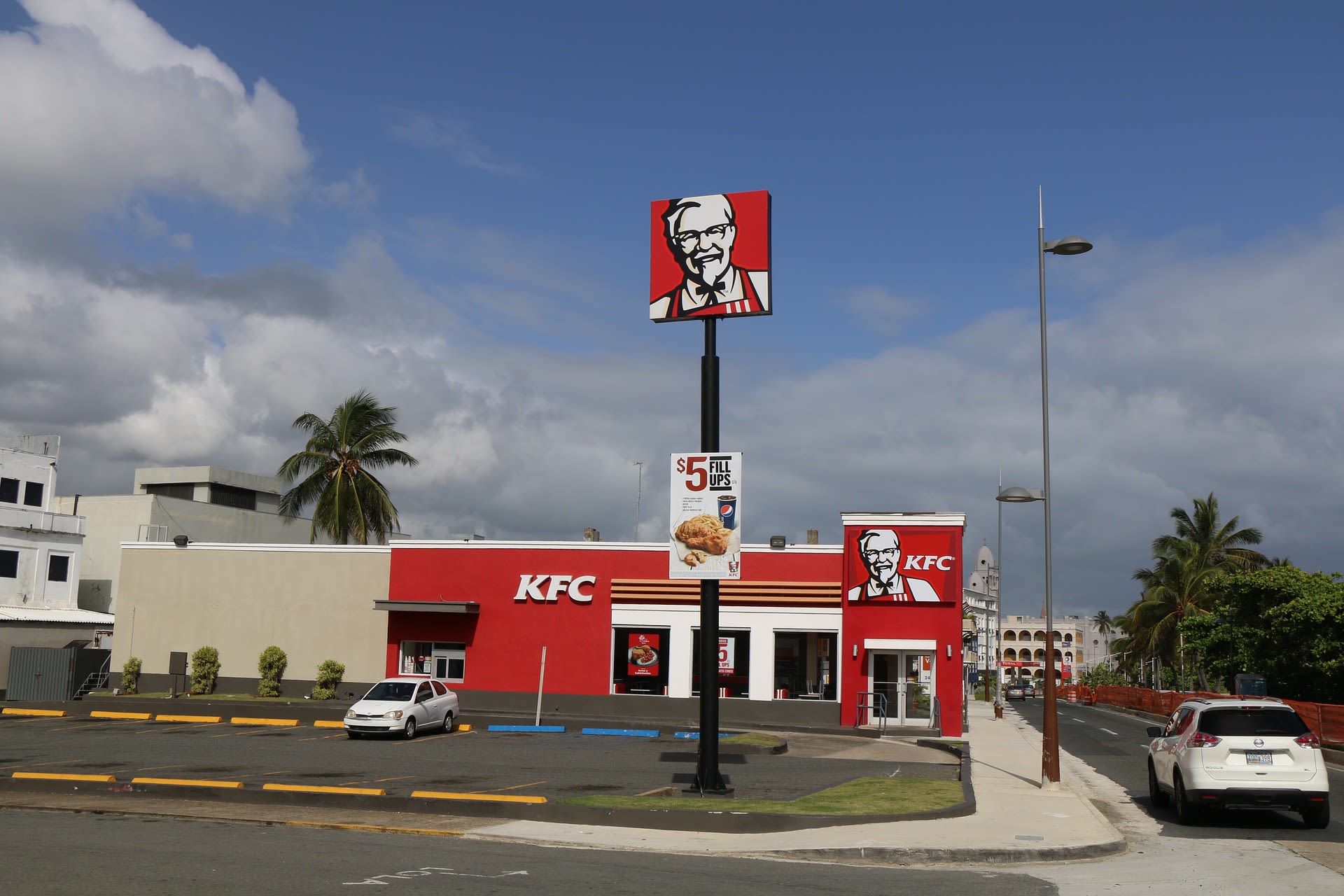
Location
Location is where the restaurant or business is located physically.
M
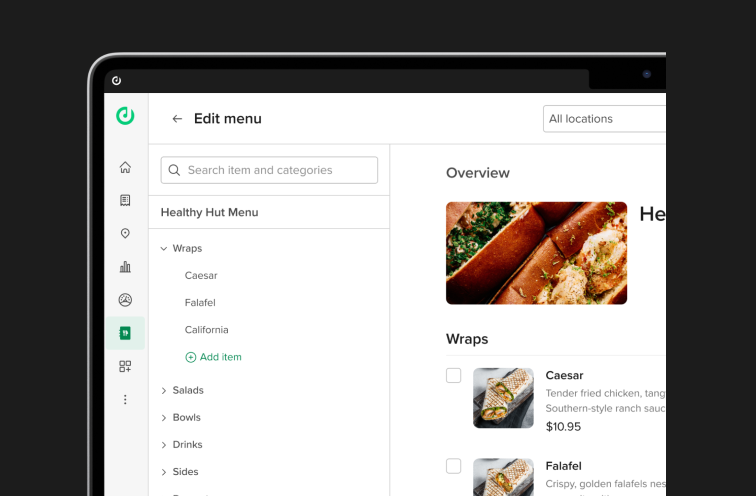
Menu Builder
A menu builder is a tool that helps manage and synchronize your digital menu.
For example, the Deliverect Menu Builder connects your online sales channels to a management overview, giving you more control over menus, promos, and stock.
O

Off-Premise
Off-premise: This is the shorthand for any order that isn’t prepared for in-house consumption. It includes curbside service, takeout, and delivery.

Online Ordering
Online food ordering is ordering food through delivery apps, websites, or any other online service.
Are you looking for an Online Ordering solution? Check Deliverect Online Order and create a seamless online ordering experience for pickup and delivery, so your customer can easily order and pay directly from your online store.
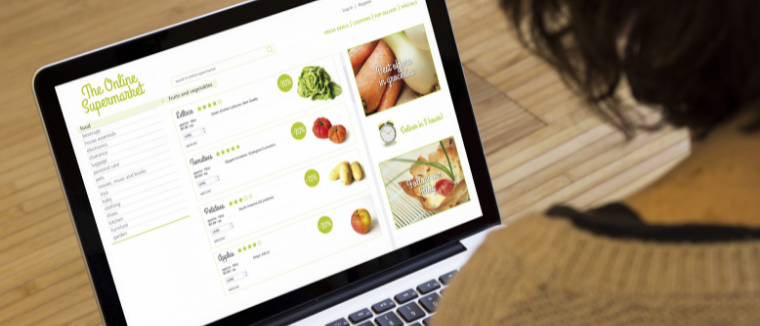
Online Orders
If your restaurant receives an order requested through a digital channel like your online store, a delivery app, or even WhatsApp, that’s an Online Order.

Operational Efficiency
A managerial term about ensuring everything runs smoothly, from your FOH to your BOH.
P

Point-of-sale (POS)
A point of sale system (POS) refers to the time and place a sales transaction is completed. A POS can streamline your internal operations, connect all the personnel involved in making your restaurant run smoothly, and automatically track sales, labor, and inventory metrics.
Learn more about POS in our blog about the Top 5 values of POS integrations for restaurants.
Q

Q-Commerce (Quick Commerce)
Quick Commerce (Q-Commerce) takes speed and convenience to a new level, allowing retailers and FMCG brands to offer hyper-local, on-demand delivery.
After ordering online, you don't have to wait a few days for products to arrive. Instead, you can expect them within half an hour—or as fast as 10 minutes.
Want to learn more about Quick Commerce? Take a look at these resources:

QR Code
A Quick Response Code or QR Code is a type of two-dimensional bar code that can be scanned by a digital device and stores information. In the restaurant industry, QR Codes are used to share digital menus, promotions, or customer experiences.
Read more on how QR Codes reinvent the customer journey in restaurants.
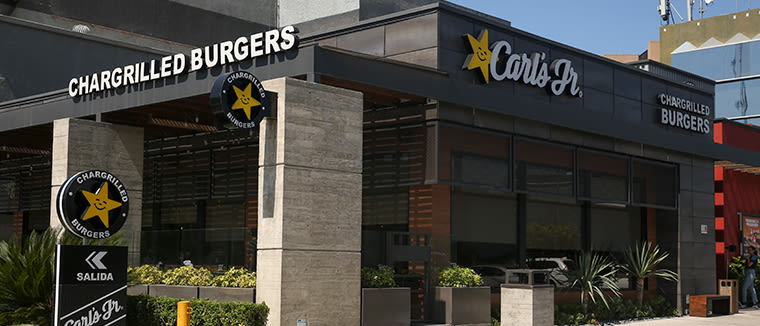
Quick Service Restaurant (QSR)
QSR stands for Quick Services Restaurant. It is a restaurant that offers certain food items that require minimal preparation time and are delivered fast and efficiently.
Deliverect works with hundreds of QSRs worldwide, such as Chipotle, Burger King, KFC, Taco Bell, etc.
R
New definitions coming soon!
S

Staff (Restaurant Staff)
”From those who serve to those who cook, all the talent working for your restaurant operation is the staff.” The staff plays a significant role in shaping the customers’ dining experience and is the cornerstone of the Food Service Industry.

Staff Shortage
Staff shortage or labor shortage means there are enough qualified workers to cover a job demand. Deliverect helps save time by eliminating the manual work involved with delivery technology, which helps when dealing with staff shortages.
Read our Food For Thought series to get an insightful view of staff shortages.
T

Takeout
Takeout food are all the orders prepared to be consumed away from the place of sale.

Ticket (Restaurant Ticket)
When an order is entered into the restaurant POS system, it prints out a ticket that alerts the kitchen. The ticket should indicate the most relevant information for the order to be processed, cooked, and delivered.

To-go
Food orders meant for off-premise delivery, whether that’s curbside service, takeout, or delivery.

Third-Party
A third party is not involved in an operation or transaction. You and your client are the “first and second party.” The third party would be an external delivery provider (not run directly by your business) supplying services to connect you.
Your restaurant — (Third-party) — Your client
Aggregators or DSPs are third parties.
U

Upsell
A sales technique used to get customers to purchase more expensive items so that your average order basket increases.
“Do you want fries with that?”
“Do you want to upsize your meal?”
“Would you like wings and rings to start?”
That’s upselling.
V

Virtual Brand
A virtual brand is a food service provider that only exists digitally. Virtual brands can support restaurants’ online deliveries with anything from branding, supply management, recipes, scaling, and more. Virtual brands can be run from a current restaurant kitchen or a dark kitchen.
W - X -Y - Z New definitions coming soon
Others

86ing
86 or 86ing is restaurant slang. It is used when an item is no longer available (AKA out of stock) to be served to guests. A 86 command will indicate that a dish must be taken out of the POS and online order menus.
Book a 1-on-1 guided demo
Get in touch for a free demo with one of our Deliverect experts, or create an account and see how you could start streamlining your online orders.